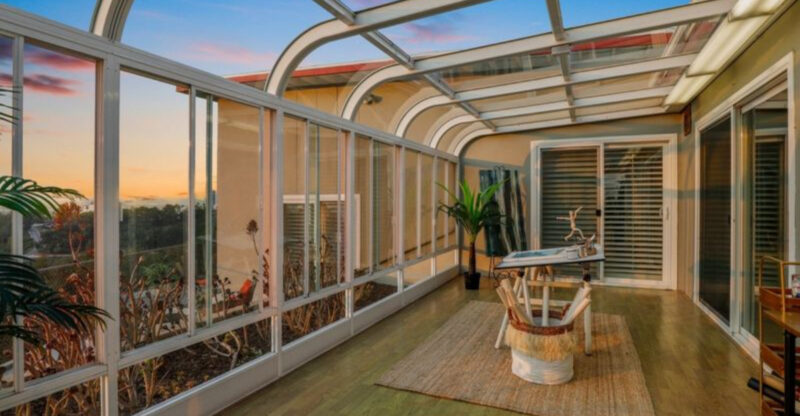These 5 Connecticut Homes May Lose Value Fast But 7 Others Could Grow Even More
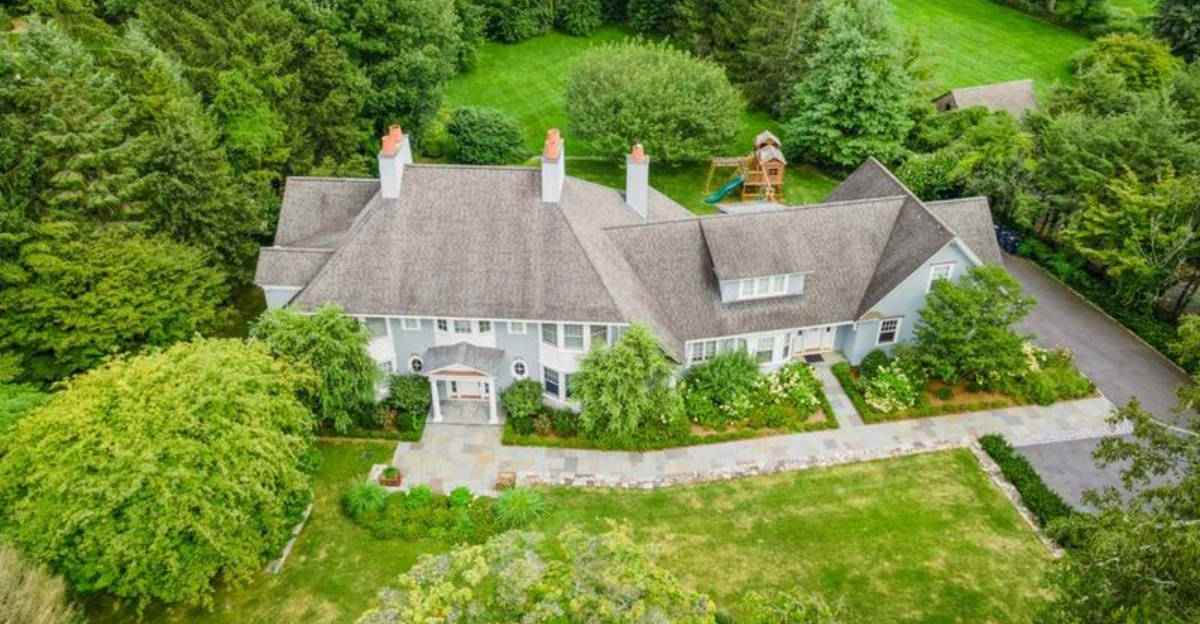
The Connecticut housing market is changing in surprising ways. Some homes are quickly losing their value while others are becoming more valuable by the day. I’ve researched which properties might be risky investments and which ones could make you money in the long run.
Understanding these trends can help you make smarter decisions whether you’re buying, selling, or just curious about real estate.
1. Homes Near Closing Power Plants
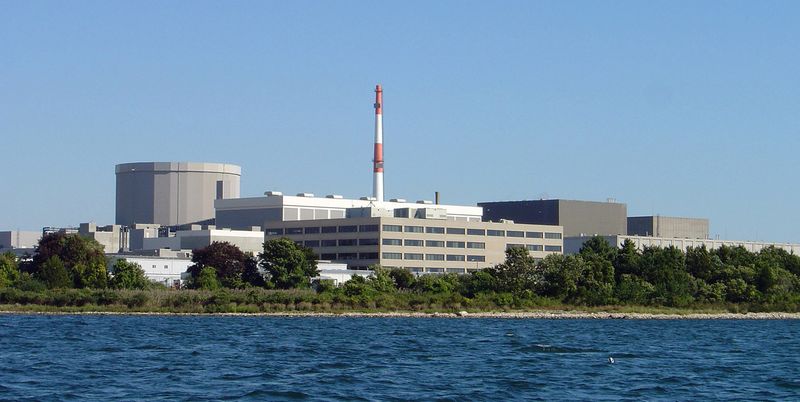
Properties around the Millstone Nuclear Power Station in Waterford might see dropping values as the facility approaches potential closure. When major employers shut down, surrounding communities often experience population decline.
This creates a surplus of available homes with fewer buyers. The tax base also shrinks, potentially leading to higher property taxes for remaining residents.
Similar patterns occurred near other decommissioned power plants across New England, with some neighborhoods seeing 15-20% value drops.
2. Large Mansions With Excessive Energy Costs

Massive homes built in the 1980s and 1990s are falling out of favor fast. These energy-guzzling properties often have outdated heating systems and poor insulation, creating utility bills that can exceed $1,000 monthly during harsh Connecticut winters.
Young families today prefer smaller, more efficient homes. The market for 5,000+ square foot properties in towns like Greenwich and Darien is shrinking.
Owners of these mansions often need to slash prices significantly or invest in expensive energy upgrades to attract buyers.
3. Homes With Crumbling Foundations

Thousands of homes in eastern Connecticut contain concrete from quarries with pyrrhotite, a mineral that causes foundations to crack and crumble over time. Repairs typically cost $150,000-$250,000, often exceeding the home’s value.
Properties in Tolland and Windham counties are particularly affected. Even homes without confirmed issues face guilt by association if they’re in known problem areas.
State assistance programs cover only a portion of repair costs, leaving many homeowners with properties they can’t sell or afford to fix.
4. Older Waterfront Properties Without Flood Protection
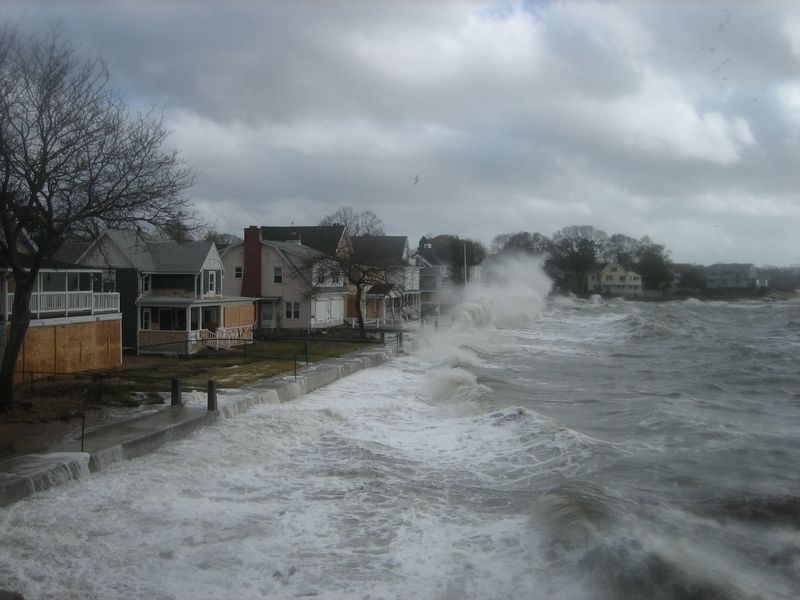
Rising sea levels pose a serious threat to coastal homes without modern flood protection. Insurance costs for these properties are skyrocketing, sometimes doubling or tripling in just a few years.
Many buyers now avoid these risky investments, causing prices to drop. Properties in towns like Old Saybrook and Milford that sit directly on the water without proper elevation or barriers are especially vulnerable.
If you own one of these homes, consider investing in flood mitigation now before values sink further.
5. Homes Far From Public Transportation
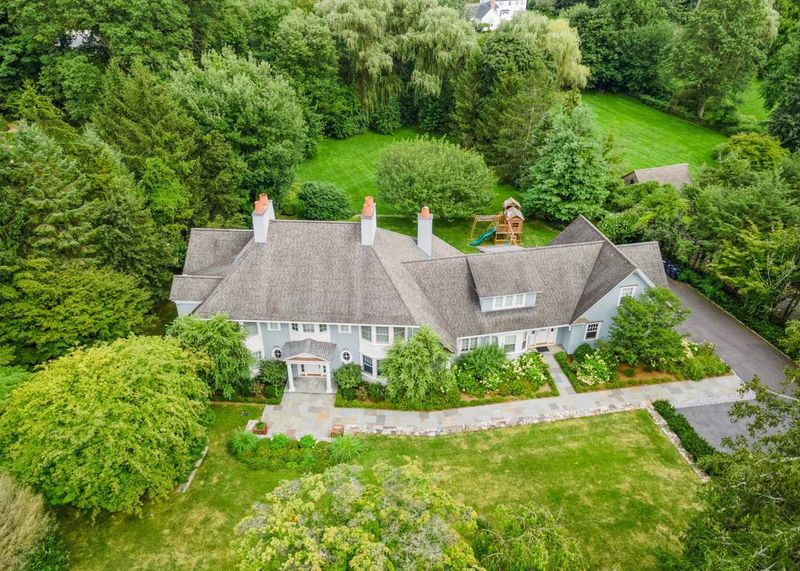
Remote properties without access to trains or major bus lines are losing appeal as commuting patterns change. Younger buyers strongly prefer homes within walking distance of transportation hubs.
Towns like Sherman and Eastford, beautiful but isolated, are seeing slower price growth compared to communities along the Metro-North line. Rising gas prices make long commutes increasingly expensive.
Work-from-home trends helped these areas temporarily during the pandemic, but as hybrid work models become standard, proximity to transportation is regaining importance.
6. Waterfront Properties With Proper Flood Protection
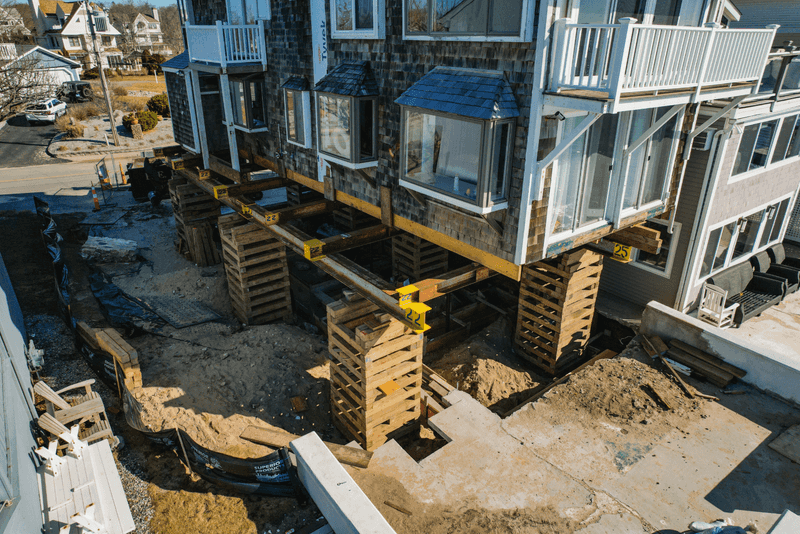
Well-protected waterfront homes are becoming rare treasures in Connecticut’s housing market. Properties with proper elevation, modern seawalls, or natural barriers command increasingly premium prices.
Buyers recognize the difference between vulnerable waterfront and resilient waterfront. Homes in Madison and Stonington with documented flood protection measures have seen values increase 25% faster than unprotected waterfront properties.
The limited supply of these safer coastal homes, combined with Connecticut’s enduring coastline appeal, creates a perfect environment for continued appreciation.
7. Walkable Downtown Condos
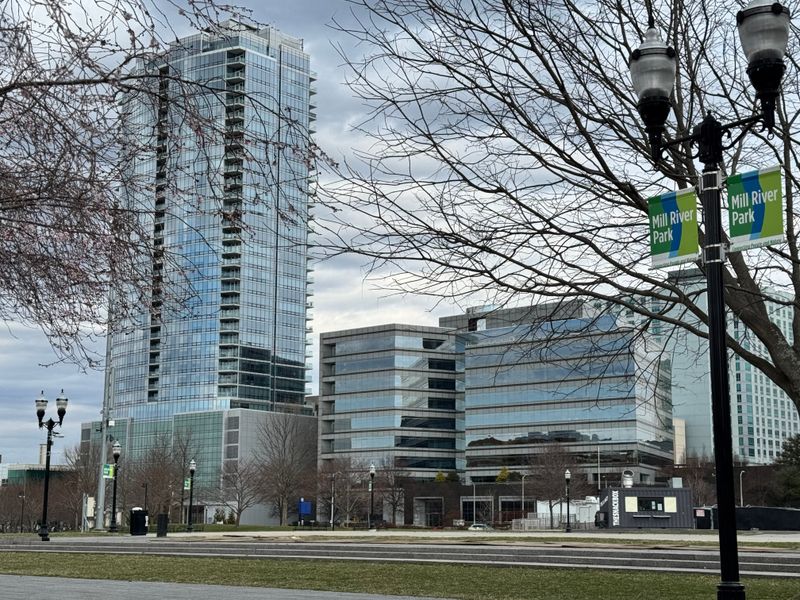
Urban living is booming in Connecticut’s revitalized downtowns. Condos in West Hartford Center, Stamford, and New Haven are seeing remarkable value growth as people crave convenience and community.
Living within walking distance of restaurants, shops, and entertainment eliminates transportation headaches. Many units are selling within days of listing, often above asking price.
The strongest performers are buildings with modern amenities like fitness centers and rooftop spaces, attracting both young professionals and empty nesters looking to downsize.
8. Homes Near Top-Rated School Districts
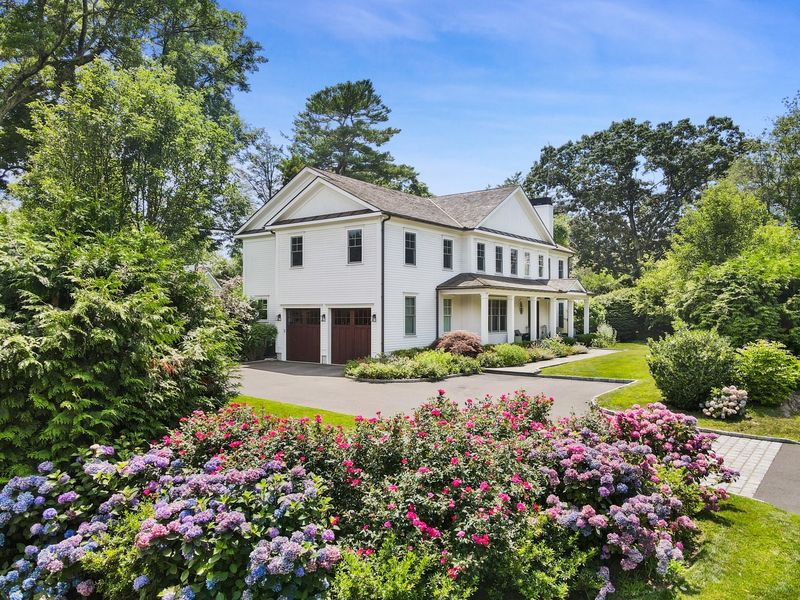
Properties in exceptional school districts like Westport, Darien, and Avon continue to command premium prices. Families are willing to pay significantly more for access to quality education.
Homes within these districts typically appreciate 7-10% faster than similar properties in average school zones. The pandemic actually strengthened this trend as parents became more involved in their children’s education.
Even smaller homes or those needing updates sell quickly if they’re in the right district, making them solid investment opportunities despite higher purchase prices.
9. Homes With Accessory Dwelling Units
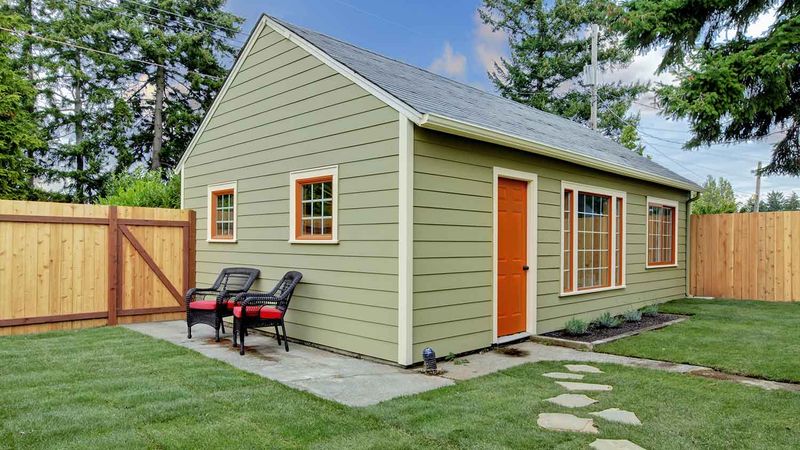
Properties with legal in-law apartments or separate guest cottages are skyrocketing in value. These versatile spaces can generate rental income, house aging parents, or serve as home offices.
Connecticut recently relaxed ADU regulations, making it easier to add these units. Homes with existing ADUs now command 15-20% premiums over comparable single-family properties.
Multi-generational living arrangements are increasingly popular, and the rental income potential makes these properties especially attractive to investors and budget-conscious buyers looking to offset mortgage costs.
10. Energy-Efficient New Construction
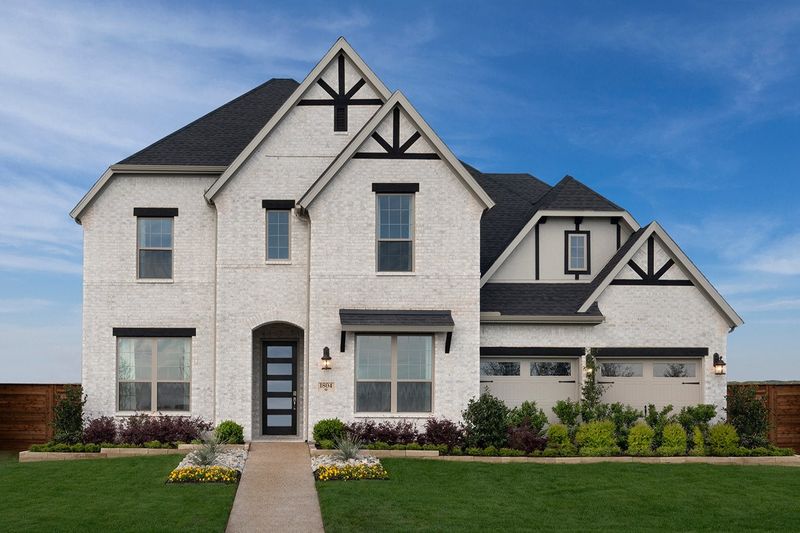
Modern homes built with energy efficiency as a priority are commanding premium prices across Connecticut. Features like solar panels, advanced insulation, and smart climate controls significantly reduce utility costs.
Buyers are increasingly willing to pay more upfront for long-term savings. New developments in towns like Simsbury and Glastonbury featuring net-zero energy homes sell out quickly despite higher price tags.
These properties also tend to hold value better during market downturns as operating costs remain low regardless of economic conditions.
11. Historic Homes With Modern Updates
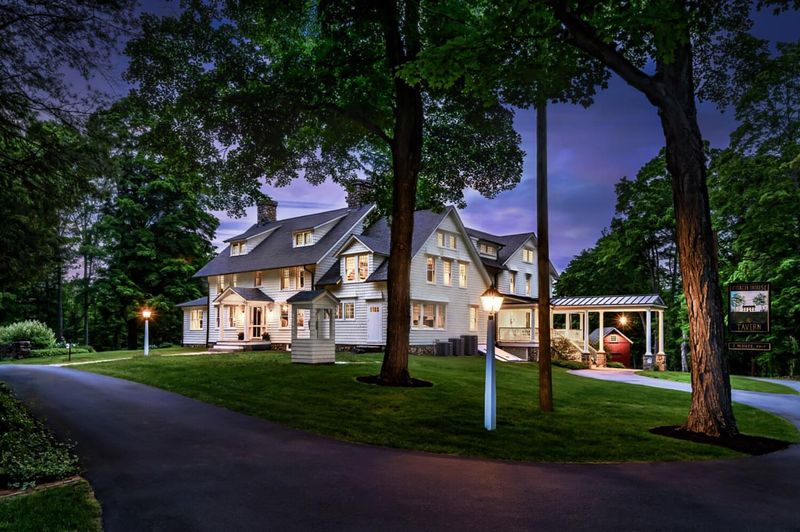
Connecticut’s charming historic properties with thoughtful modern renovations represent the best of both worlds. Buyers love the character of original features combined with updated kitchens, bathrooms, and systems.
Homes in historic districts of Essex, Wethersfield, and Litchfield that balance preservation with practicality are seeing strong appreciation. The key is maintaining historic charm while addressing modern expectations.
Properties with documented energy efficiency improvements and updated electrical systems eliminate the biggest concerns buyers typically have about older homes.
12. Homes With Home Office Potential
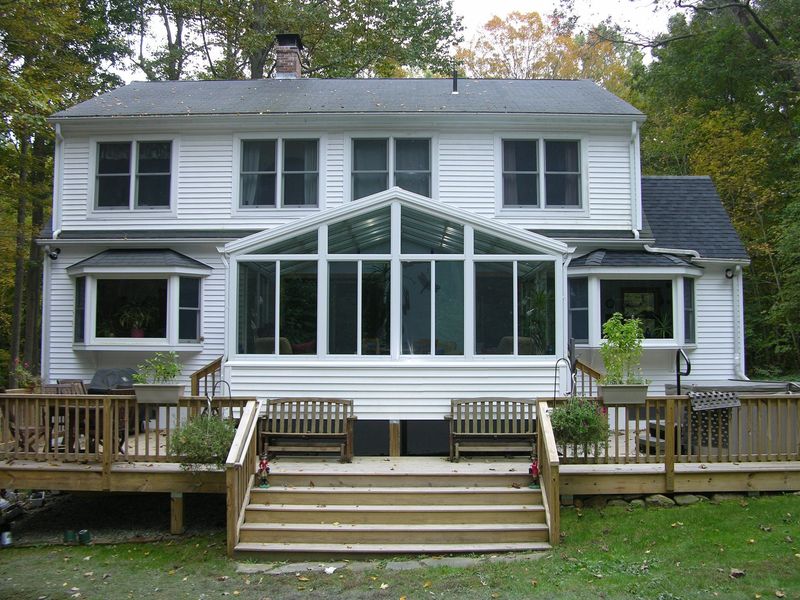
Remote work has transformed what buyers want in Connecticut homes. Properties with dedicated office spaces or rooms easily convertible to workspaces are seeing premium valuations.
Homes with separate entrances for home businesses are particularly valuable. Fast internet availability has become a critical factor, with some rural properties gaining significant value after fiber optic installation.
Even smaller homes with thoughtfully designed workspace nooks can command higher prices than similar properties without work-from-home accommodations, reflecting our changing relationship with where we live and work.





